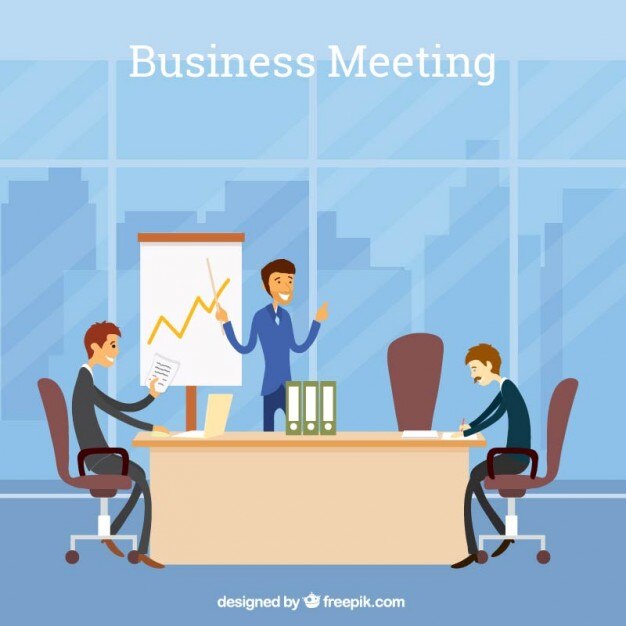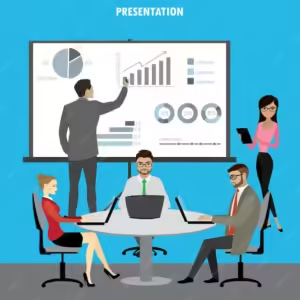The Role of Job Analysis in Improving Recruitment in Small and Medium Enterprises
Introduction
Small and medium enterprises (SMEs) play a pivotal role in the economy, contributing significantly to employment and GDP. However, these businesses often face challenges in recruitment due to limited resources and competition from larger corporations. One effective strategy to overcome these challenges is job analysis. This comprehensive process not only helps in creating accurate job descriptions but also enhances the overall recruitment process, ensuring the right fit for the right job.
What is Job Analysis?
Job analysis is a systematic process of collecting and evaluating information about a job’s tasks, responsibilities, and the skills required to perform them. It involves two main components:
- Job Description: A detailed account of the job’s duties, responsibilities, working conditions, and other essential aspects.
- Job Specification: A list of the qualifications, skills, education, and experience needed to perform the job effectively.
Benefits of Job Analysis in Recruitment
- Accurate Job Descriptions: By understanding the specific requirements and duties of a job, SMEs can create precise job descriptions that attract suitable candidates.
- Targeted Recruitment: Job analysis helps in identifying the exact skills and qualifications needed, enabling more targeted recruitment efforts.
- Improved Selection Process: With clear criteria derived from job analysis, SMEs can better assess candidates’ suitability, reducing the risk of hiring the wrong person.
- Employee Retention: When employees are well-matched to their roles, job satisfaction increases, leading to higher retention rates.
- Legal Compliance: Well-documented job analyses help ensure compliance with employment laws and regulations, protecting the business from potential legal issues.
Steps in Conducting Job Analysis
- Planning and Preparation: Define the objectives and scope of the job analysis. Identify the jobs to be analyzed and gather existing job-related information.
- Data Collection: Use various methods such as interviews, questionnaires, observation, and reviewing existing documentation to collect data about the job.
- Data Analysis: Evaluate the collected data to identify the key duties, responsibilities, and required skills.
- Documentation: Create detailed job descriptions and specifications based on the analyzed data.
- Review and Update: Regularly review and update the job analysis to reflect any changes in job requirements or business needs.
Challenges in Job Analysis for SMEs
- Resource Constraints: SMEs often have limited resources, making it challenging to conduct comprehensive job analyses.
- Rapid Changes: In dynamic industries, job roles can change quickly, requiring frequent updates to job analyses.
- Employee Resistance: Employees may feel uncomfortable or threatened by the job analysis process, fearing job cuts or increased scrutiny.
Overcoming Challenges
- Outsourcing: SMEs can consider outsourcing job analysis to experts to save time and ensure accuracy.
- Incremental Approach: Start with key positions and gradually expand the job analysis process to cover all roles.
- Transparent Communication: Clearly communicate the purpose and benefits of job analysis to employees to gain their support and cooperation.

FAQs
What is job analysis?
Job analysis is a systematic process of collecting and evaluating information about a job’s tasks, responsibilities, and the skills required to perform them.
Why is job analysis important for SMEs?
Job analysis helps SMEs create accurate job descriptions, target recruitment efforts, improve the selection process, increase employee retention, and ensure legal compliance.
How can SMEs conduct job analysis?
SMEs can conduct job analysis through planning and preparation, data collection, data analysis, documentation, and regular review and updates.
What challenges do SMEs face in job analysis?
SMEs face challenges such as resource constraints, rapid changes in job roles, and employee resistance.
How can SMEs overcome the challenges in job analysis?
SMEs can overcome these challenges by outsourcing, taking an incremental approach, and maintaining transparent communication with employees.
Conclusion
Job analysis is a powerful tool for SMEs aiming to improve their recruitment processes. By providing a clear understanding of job requirements, it helps in attracting the right candidates, enhancing selection processes, and improving employee retention. Despite the challenges, with careful planning and execution, job analysis can significantly contribute to the success and growth of SMEs.



















